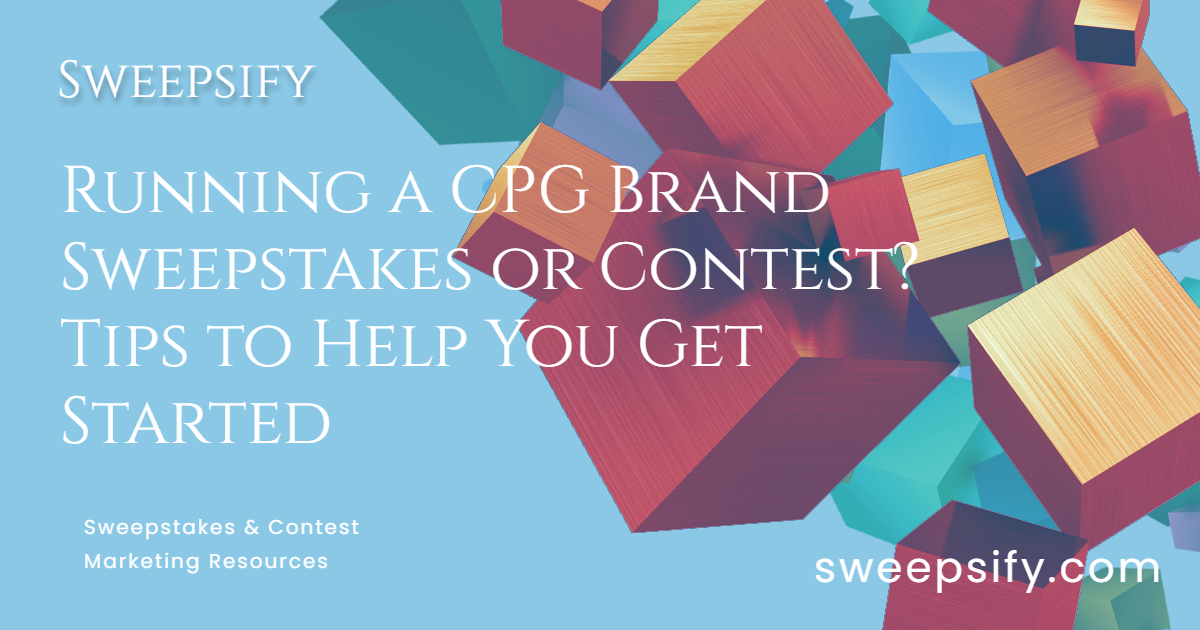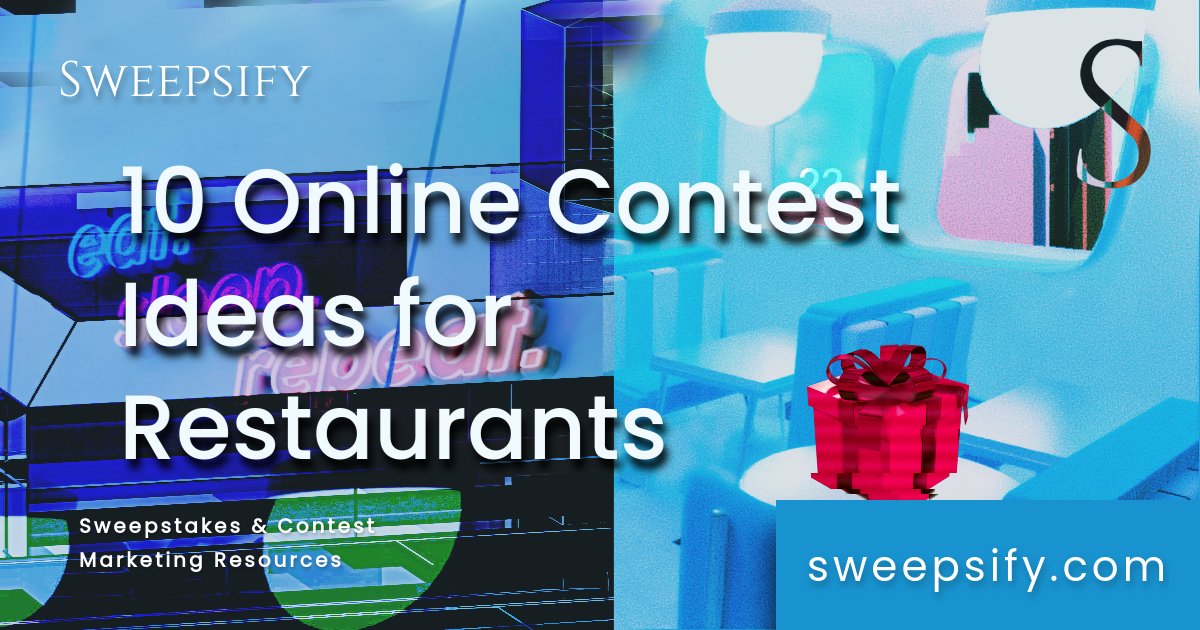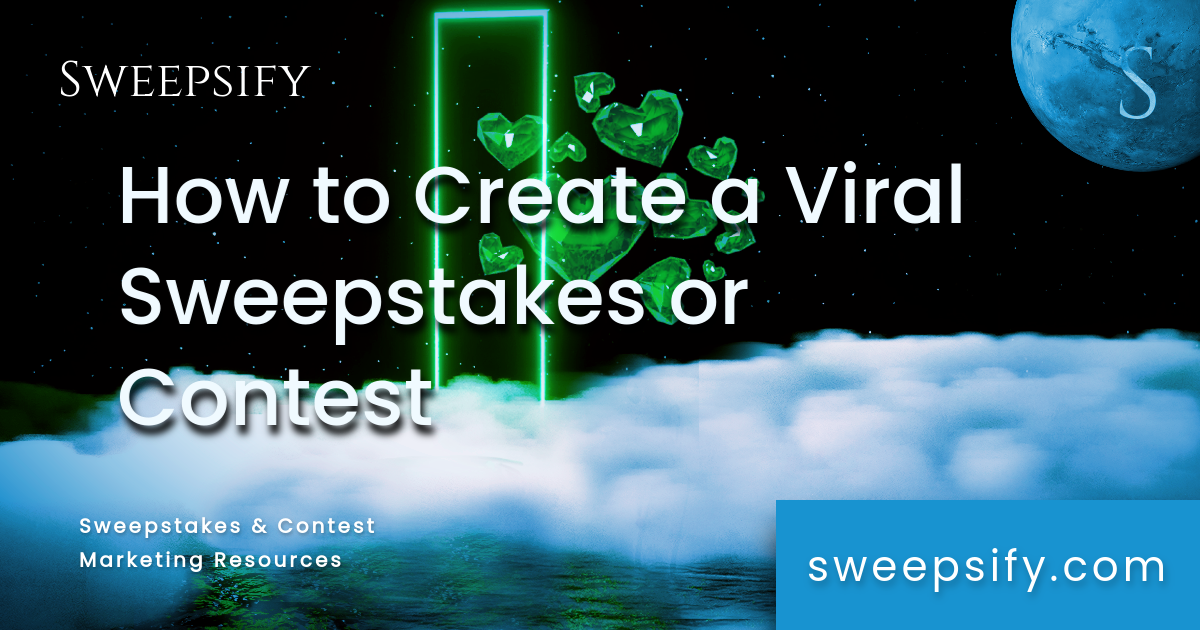Here is a list of our current affiliate partners and how we earn money
Running a CPG brand sweepstakes or contest can boost sales and increase brand loyalty. Sweepstakes and contests are highly effective for CPG brands because they already have many inherent competitive advantages.
To help you get started, here is how CPG brands can leverage existing brand equity to run sweepstakes and contests that improve engagement, sales, and customer experiences.
Article Contents
IN THIS ARTICLE:
- Consumer Packaged Goods companies can leverage built-in advantages when running sweepstakes and contests.
- Can CPG companies require a purchase to enter a sweepstakes?
- How should CPG companies use sweepstakes and contests participant data?
via GIPHY
CPG Brand Competitive Advantages Boost Sweepstakes and Contest Marketing ROI
To sustain their growth and differentiate their products, CPG brands must leverage existing competitive advantages in sweepstakes and contests. Namely, the following:
First, a consumer packaged goods (CPG) company can advertise a sweepstakes or social media contest on packaging.
Product label sweepstakes codes and receipt validation proof of purchase are two methods CPG brands use to boost the number of sweepstakes participants.
Second, established CPG brands enjoy brand loyalty because they are products that customers buy again and again. As a result, weekly or monthly sweepstakes giveaway promotions can be highly effective for CPG companies.
Third, a CPG company can leverage the brand authority of its parent company. When consumers already trust parent company’s products, they will likely buy from the CPG brand as well.
The CPG company should highlight this brand trust factor in their sweepstakes marketing.
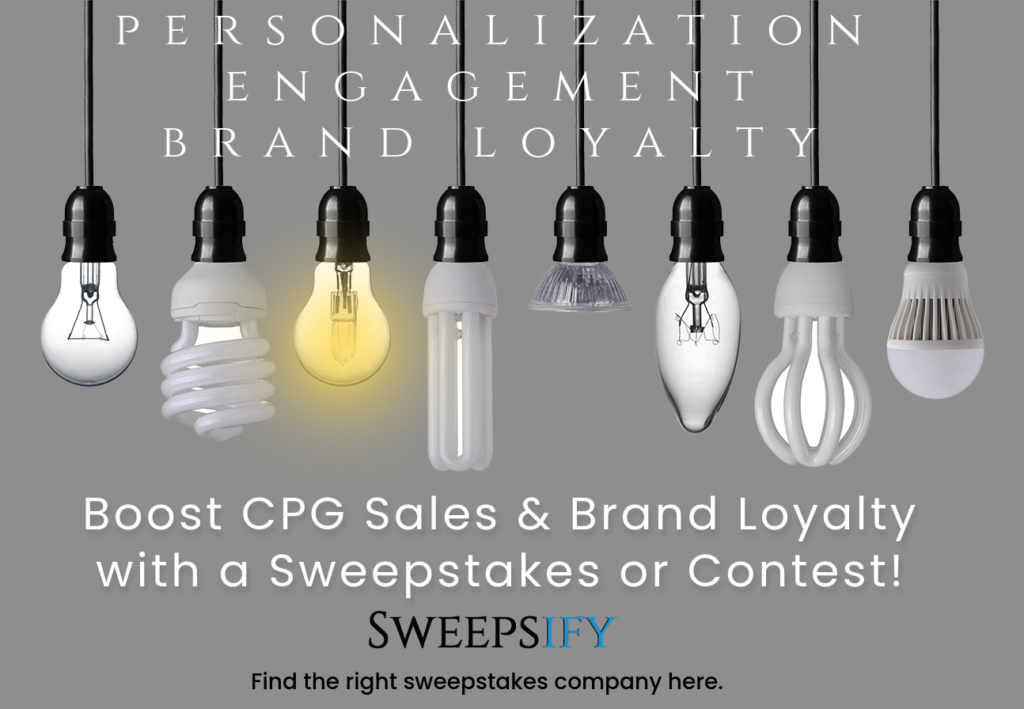
What Do CPG Companies Do Differently When It Comes to Sweepstakes and Contests?
Despite today’s competitive marketplace, some CPG brands are experiencing fast growth. These companies understand that gaining an edge means targeting consumers with precision.
They are using the data collected from sweepstakes and contests to develop products around consumers specific preferences. As a result, the participant data collected from a sweepstakes or contest is extremely valuable.
via GIPHY
Use CPG Sweepstakes and Contests to Collect First-party Data for Shopping Experience Personalization
A recent study uncovered that 90% of the brands that people follow on social media are the ones that they actually buy.
As a result, sweepstakes and contests help CPG companies connect directly with consumers via social media.
Collecting first-party data via entry form sweepstakes surveys helps CPG brands better tailor their products and contest marketing campaigns toward consumers.
Personalization is now more important than ever for creating positive shopping experiences for CPG consumers.
Use a sweepstakes survey on your sweepstakes entry form to collect information about consumer demographics. You can also ask questions during the campaign to find out about consumers familiarity with the CPG brand’s existing products and new products.
By listening to consumers via contest surveys and polls, CPG brands can use sweepstakes and contests to build loyal and drive engagement.

Sweepstakes and Contests Improve Social Media Engagement for CPG Brands
CPG brands can use sweepstakes and contest participant data to learn how to target consumer needs at different times of the day and as they engage with a brand’s content via a certain marketing channel.
For example, a CPG company can show ads on social media for food products at meal times or send offers via email or SMS as consumers shop in-store or visit the brand’s website.
With social media contests, CPG brands are also be able to identify what times of the day participants who engaged with their contest marketing were the most active.
Then, after the sweepstakes or contest ends, brands can continue follow up with offers and discounts around those times of the day.
Subscribe Now:
Sweepstakes and Contests Allow CPG Brands to Capture Small-brand Growth Opportunities
Top CPG companies continuously seek out new opportunities for growth. By running a sweepstakes or contest, CPG companies can leverage the audience of a co-sponsor to reach new target consumers.
Partnering with another brand for a CPG sweepstakes can help a CPG company focus on their core strengths while benefiting from the advantages of the co-sponsor’s brand in other areas.

Can CPG Brands Require a Purchase in Order to Enter a Sweepstakes?
How can CPG brands use sweepstakes and contests to boost sales if they must follow “No Purchase Necessary Laws?”
Sweepstakes laws require that CPG brands avoid forcing participants to make a purchase or other considerations, such as a cash payment in order to enter a sweepstakes.
To comply with the no purchase necessary rule, CPG brands must offer a free entry method for a sweepstakes, also known as an Alternate Method of Entry (AMOE).
Free Ad Maker for Social Media and Video Advertising
Create awesome ads for your sweepstakes or contest in seconds with the Adobe Express free ad maker. Customize your advertising by including trending images, high impact fonts, and high quality design assets. Create your ads now.
ADVERTISEMENT
The details of how to enter for free must also be included in the CPG sweepstakes official rules in order to satisfy the no purchase necessary requirement for sweepstakes. The AMOE can be a web entry or mail-in entry.
Some states also have additional requirements for CPG sweepstakes, such as Arizona which requires all in-store advertising for a sweepstakes to be approved prior to the launch of the sweepstakes.
As a CPG brand running sweepstakes in multiple states, we recommend that you work with a sweepstakes administration or contest marketing company to ensure that your CPG sweepstakes or contest is compliant with all applicable federal, state, and local laws.
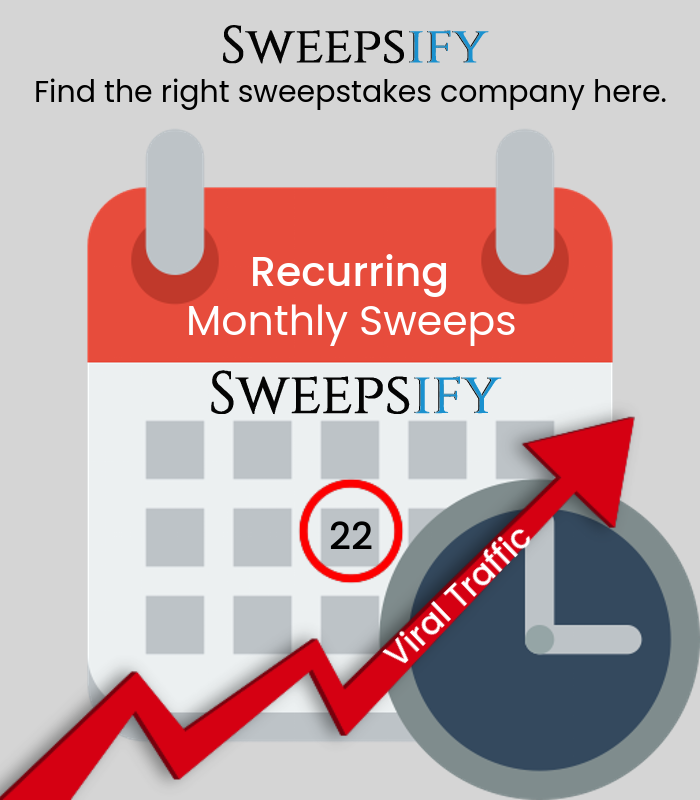
How Often Should CPG Brands Run Sweepstakes and Contests?
CPG brands benefit from the fact that consumer need to buy their products often due to daily or weekly use. As a result, ongoing sweepstakes, such as sweepstakes run on a monthly or weekly basis can boost sales for staples such as food, clothing, and beauty products.
Some examples of sweepstakes prizes that are very effective at generating ROI for CPG brands include custom branded merch, large cash prizes, travel prizes including resort vacations and cruises, and holiday help sweepstakes that solve problems or make life easier.
Looking for a sweepstakes marketing company to help you with your next promotion? Sweepsify helps you find top sweepstakes companies in seconds. Create your free Premium account now to get started.
